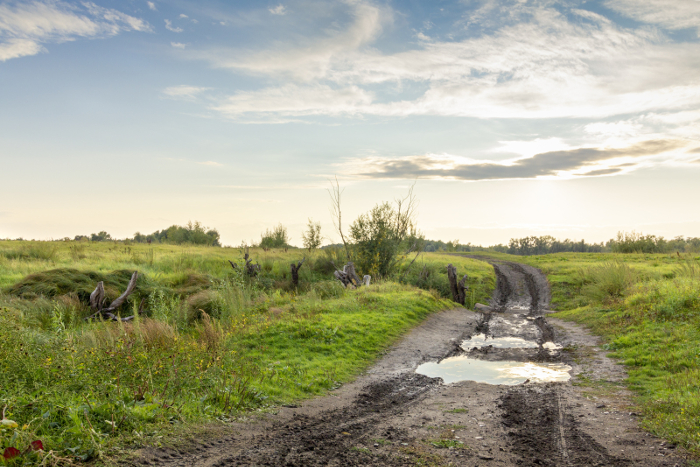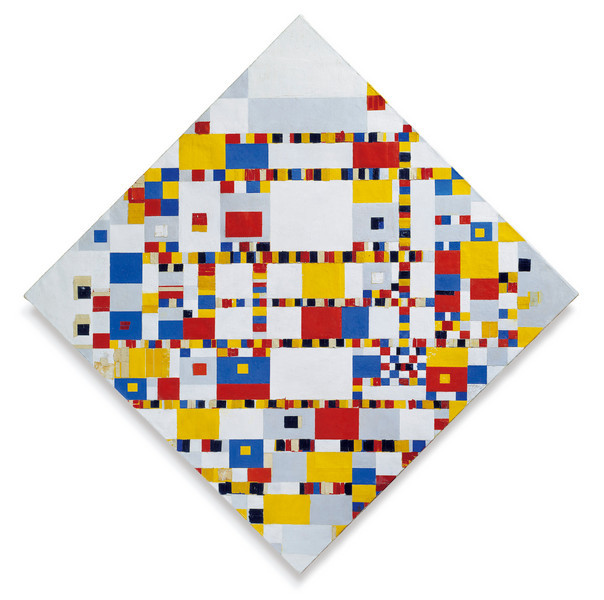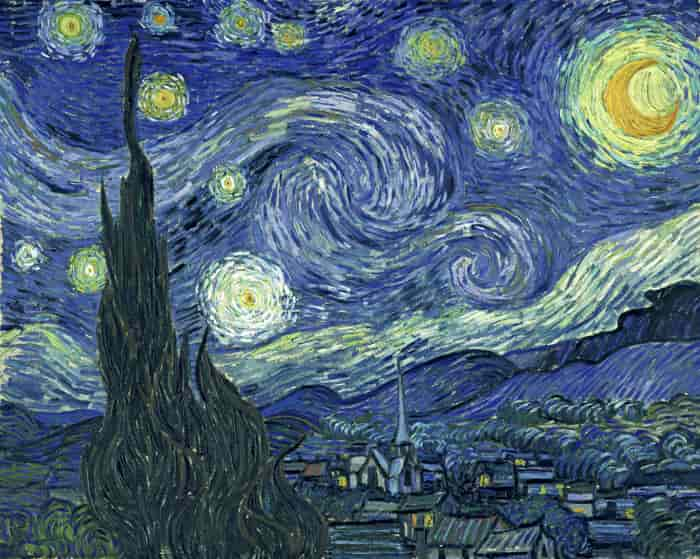- Home
- The Eye of an Artist
The Eye of an Artist
Seeing with the eye of an artist is a lot like falling in love! If you think your creative juices have all dried up, maybe your artist's eye is craving a little attention!
 "All You Need is Love" (John Lennon)
"All You Need is Love" (John Lennon)And when you pay it some attention, all the light, colors, shapes, textures which you never noticed before, now show you their beauty for the first time.
There's a magical world out there waiting for you!
But hold on, isn't an artist' eye something you're born with?
Well, the good news is - it's a skill you can learn like any other. And here's the thing - you get really good at it if you practice!
How does it work? Well, let's imagine you're walking along an ordinary, muddy country path, something like this one...
 An ordinary path through a field - or is it?!
An ordinary path through a field - or is it?!You start to use your artist's eyes and suddenly the magic happens - it's no longer that mundane thing labelled 'path'.
It's transformed into something completely different - a thing of interest, beauty and delight.
 Unexpected rainbow colors in a puddle. Unexpected rainbow colors in a puddle. |
 Beautiful spiral of an empty snail shell. Beautiful spiral of an empty snail shell. |
 Dried oak leaf patterns. Dried oak leaf patterns. Dandelion seeds floating against a blue sky. Dandelion seeds floating against a blue sky. |
 Sparkling raindrops in the grass. Sparkling raindrops in the grass. A lucky Jay's feather! A lucky Jay's feather! |
You suddenly see unexpected rainbow colors in that muddy puddle; light shining
through droplets in the wet grass; that amazing blue of the Jay's feather...
And you can't wait to get home to start a series of drawings or small close-up paintings in all the colors you love best!
The series could even be called 'Path' and wouldn't your work look great grouped together on your wall?
Perhaps it would then lead you to other series like 'Beach', 'Woods', 'Park', 'Kitchen'...?

Quick tip:
Take your 'artist's walk' either on your own or with a like-minded friend - you need to absorb those moments when your artist's eye kicks in!
 Just some scaffolding - or something much more?!
Just some scaffolding - or something much more?!Or how about this - you're walking in a city street heading for home, when you pass a building site...
Suddenly your
artist's eye fastens onto the fascinating pattern made by the
scaffolding and you're rooted to the spot loving the effect it makes. Are you the only person in
the street who noticed it?
Because it's no longer just scaffolding to you, is it? It's a large abstract painting full of positive and negative shapes, lines, and angles, like a Mondrian composition.
And it's shouting at you to be painted NOW so you scurry home to look out your biggest canvas.
 "Victory Boogie Woogie" Piet Mondrian 1944
"Victory Boogie Woogie" Piet Mondrian 1944See how it works? We have been taught from babies to give everything labels, haven't we?
Oh, that shiny red thing is an Apple? The soft, furry thing is a Cat? What's that blue stuff up there - oh, it's Sky?
And, of course, this is how we learn the words to our spoken language; but you and I are artists, we have another language too, and the artist's eye is no longer interested in labels.
Don't get me wrong - you want to paint a cat? Of course you do! But when you start the work, you throw out the label and start painting all the things you love about it...
The soft furriness, the fluffiness, the sleekness, the bright yellow shininess of the eyes against the black, the beautiful curve of those long white whiskers...
Only when it's done do you sit back and give it a label, "Tinkerbell".
Remember, once an eye of an artist sees what it loves, and loves what it sees, it's not the slightest bit interested in labels!
 Night Sky
Night SkyNow, how does someone seeing a night sky like the one above, end up doing a painting like this...
 "The Starry Night" Vincent van Gogh 1899
"The Starry Night" Vincent van Gogh 1899Van Gogh wasn't interested in painting a scene exactly as he saw it - he wanted to paint how he felt when he saw it, which is a different thing altogether.
He wrote to his brother, Theo...
"This morning I saw the country from my window a long time before sunrise, with nothing but the morning star, which looked very big."
He invented the village sleeping under the sky, maybe as a contrast to what he felt as the exploding energy and rolling movement of the stars.
Even the cypress tree, which could have echoed the quiet shape of the church spire seems full of movement, writhing upwards like a flame.
When we look at this, we're glimpsing the artist himself as he paints with thick, energetic, directional brush-strokes the intensity of his feelings about that special starry night in 1899.
"Jack the Dripper"
 "Shimmering Substance" Jackson Pollock 1948
"Shimmering Substance" Jackson Pollock 1948So where does the 'eye of an artist' come in to play in the work of Jackson Pollock, the man who made 'drip paintings' famous? (Dubbed Jack the Dripper by Time Magazine in 1956!)
He wasn't relating his compositions to anything he'd seen - his artist's eye kicked in right at the point of choosing the size and shape of the canvas and the color he was going to throw at it first!
Pollock went from getting other people to name his finished abstracts to abandoning titles altogether, wanting to prevent the viewer from searching for a resemblance to anything outside the work.
He gave his paintings neutral numbers forcing us to see the paintings purely as shapes, lines, texture, colors, tonal values etc.
He loved to roll out his huge canvas on the floor and work on it from all angles. His artist's eye would assess, judge and direct the natural flow of the paint, accepting accidents or not, deciding on whether to leave some space here or there, which colors to use or leave out. This was his artist's eye in action.
(And I guess he would have enjoyed himself even more had he known that one of his works would fetch a record price in 2006 of $140 million dollars!)
Sing Your Song!

It doesn't matter what kind of drawing or painting you're into, the most important thing is to give your work the right start - to allow your artist's eye free rein to dwell on the thing it loves.
When we love something it's natural to want to express the feeling, isn't it?
As artists, passion is what we're after - it may be a deep, quiet sort of passion or a rip-roaring shout out loud, but what we don't want is just a sort of mild liking. Who's going to want to look at that?
Because we do want people to share in our delight, don't we? There comes a point when we feel like saying - Hey, look at what I did! Can I show you what I loved about that?
So from the eye of an artist (yours!) via your honed artistic skills, you sing your song straight to the soul of the viewer.
Like the guy said, "All you Need is Love"! And practice, practice, practice!
Like this page? Click the icons to share it.